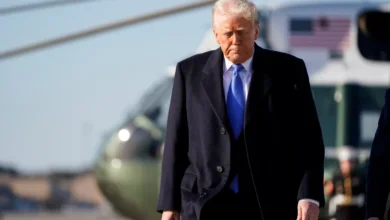North Korea Test-Fired Missile Capable Of Targeting Entire US: Japan Officials
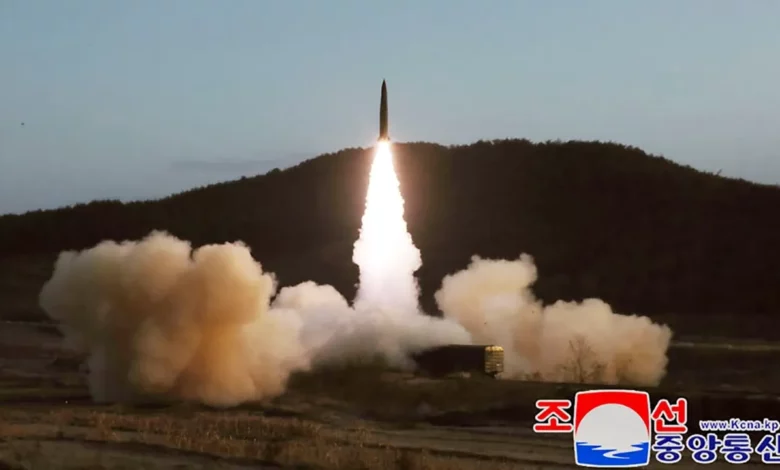
Missile Capable Of Targeting Entire US Test-Fired By North Korea: Japan Officials
North Korea fired an intercontinental ballistic missile (ICBM) on Friday, which landed approximately 200 kilometers (130 miles) off the coast of Japan but had enough range to reach the United States mainland, according to Japanese officials.
The North warned of fiercer military responses to the United States stepping up its regional security presence the day before the launch, which was reported by both Japanese and South Korean officials.
Kamala Harris, the vice president of the United States, and the leaders of South Korea, Japan, Australia, Canada and New Zealand condemned the launch on Friday at an emergency meeting scheduled in conjunction with the APEC (Asia-Pacific Economic Cooperation) summit.
At the meeting held to discuss the launch, US Vice President Harris strongly condemned these activities and demanded once more that North Korea refrain from engaging in any additional illegal or unstable behaviour.
According to a statement from the Japanese government, Prime Minister Fumio Kishida warned of potential nuclear testing and more missile launches by the North. While there are increased geopolitical tensions due to the conflict in Ukraine and other flashpoints like Taiwan and the Korean peninsula, Harris is in Thailand for the APEC summit.
After restarting ICBM testing for the first time since 2017 and breaching its own self-imposed ban on long-range launches as denuclearization talks stagnated, North Korea launched another missile on Friday, capping off a record-breaking year for its missile programme.
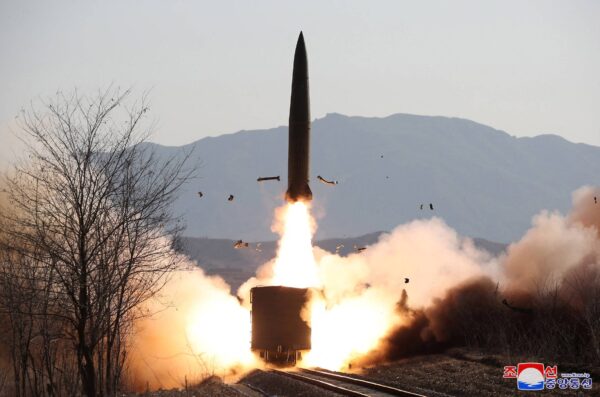
North Korea’s missile programme has had a record-breaking year, and the Friday launch added to it with the country restarting ICBM testing for the first time since 2017
North Korea’s missile programme has had a record-breaking year, and the Friday launch added to it with the country restarting ICBM testing for the first time since 2017 and violating its self-imposed moratorium on long-range launches while denuclearisation discussions stalled.
A professor at Ewha University in Seoul, Leif-Eric Easley, said that Pyongyang is attempting to destabilise international collaboration against it by intensifying military tensions and implying that it is capable of placing American cities at risk of a nuclear strike.
North Korea’s increased missile development and testing also reveal that, despite its terrible poverty and sanctions imposed by the UN, the US, and other nations, it has faced few obstacles in obtaining the technology and materials it requires for its missile programme.
According to the South Korean military, U.S. F-16 jets and South Korean F-35A fighters conducted a fire exercise against targets that resembled mobile missile launchers deployed by North Korea in reaction to Friday’s launch while flying in formation off the east coast of the Korean Peninsula.
Meanwhile, while Chief Cabinet Secretary Hirokazu Matsuno, the missile had a range of 1,000 km and soared to an altitude of around 6,000 kilometres before crashing into the water about 200 km west of Oshima Island in Hokkaido, Japanese Defense Minister Yasukazu Hamada claimed the missile was capable of travelling up to 15,000 km on Friday.
On the other hand, according to estimates made by the South Korean military, the missile travelled 1,000 km at a top speed of Mach 22 and reached an altitude of 6,100 km.
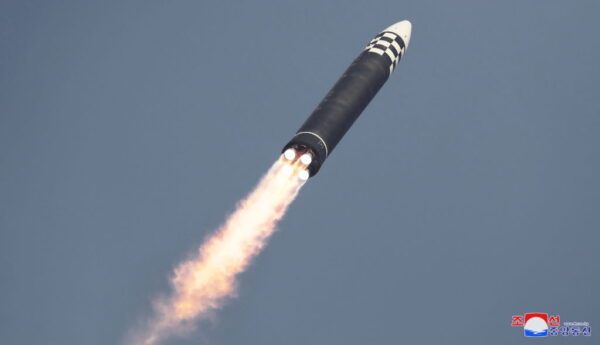
North Korea frequently uses such ‘lofted’ trajectories in its missile tests, which cause the missile to travel a shorter distance than it would if launched on a regular trajectory.
North Korea frequently uses such ‘lofted’ trajectories in its missile tests, which cause the missile to travel a shorter distance than it would if launched on a regular trajectory. According to a Facebook post on the Misawa Air Base, which hosts both American and Japanese troops, there was a quick order to take shelter. Although there haven’t been any reports of damage, according to Kishida, the North’s constant missile launches cannot be tolerated.
Besides, the launch was condemned by South Korean President Yoon Suk-yeol, who also urged for increased defence readiness and security co-operation with the US and Japan.
It may be mentioned that on Nov. 3, North Korea conducted its most recent ICBM test, firing a number of missiles into the ocean in what it claimed to be a protest against joint military exercises being conducted by South Korea and the US.
According to a count by the U.S. State Department, North Korea has tested ICBMs eight times this year as of Friday’s launch.
North Korea’s longest-range weapons are intercontinental ballistic missiles (ICBMs), which are built to deliver a nuclear warhead as far as any site on the American continent.
Furthermore, North Korea launched a short-range ballistic missile last Thursday as its foreign minister, Choe Son Hui, warned of fiercer military reactions to the United States military buildup efforts, claiming that Washington was making a gamble it will regret and condemned the trilateral summit held on Sunday between the leaders of South Korea, the United States, and Japan, during Pyongyang’s missile tests was criticised and increased security cooperation, was promised in a statement released by official media.
President Joe Biden of the United States, during the meeting, emphasized his commitment to South Korean President Yoon and Japan Prime Minister Kishida to strengthen extended deterrence and defend the two Asian partners with a full range of capabilities, including nuclear weapons.
Meanwhile, President Yoon demanded more penalties against the North and steps to implement extended deterrence during a National Security Council meeting after the launch on Friday, though he did not give any specifics.
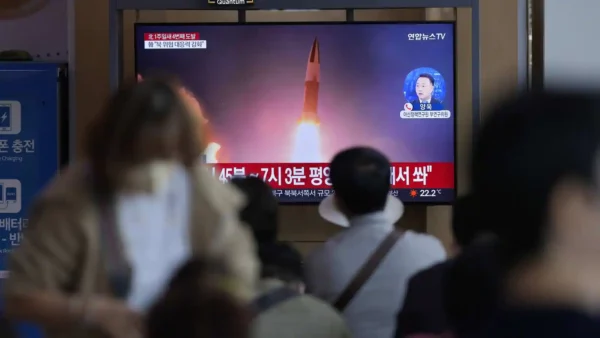
Concern has also grown over the potential for North Korea to perform its first nuclear test since 2017
Concern has also grown over the potential for North Korea to perform its first nuclear test since 2017. Officials from the United States and South Korea claim that the North has finished making preparations for such a test, which is anticipated to take place underground and possibly make use of a more compact nuclear weapon intended for tactical use.
Ballistic missile tests by North Korea are prohibited under Security Council resolutions that have imposed sanctions on the nation because of its nuclear and missile weapons programmes.
Several North Korean ICBM tests this year appeared to have failed, according to South Korean and American sources, including one on November 3 that seemed to have failed at a high altitude.
According to state media, North Korea launched its largest ICBM ever on March 24. The missile travelled for 67.5 minutes and reached an altitude of 6,248.5 km (3,905 miles).
As South Korea and the US conducted drills, some of which included Japan, the North also recently launched hundreds of artillery projectiles into the sea.
Edited by Prakriti Arora




